
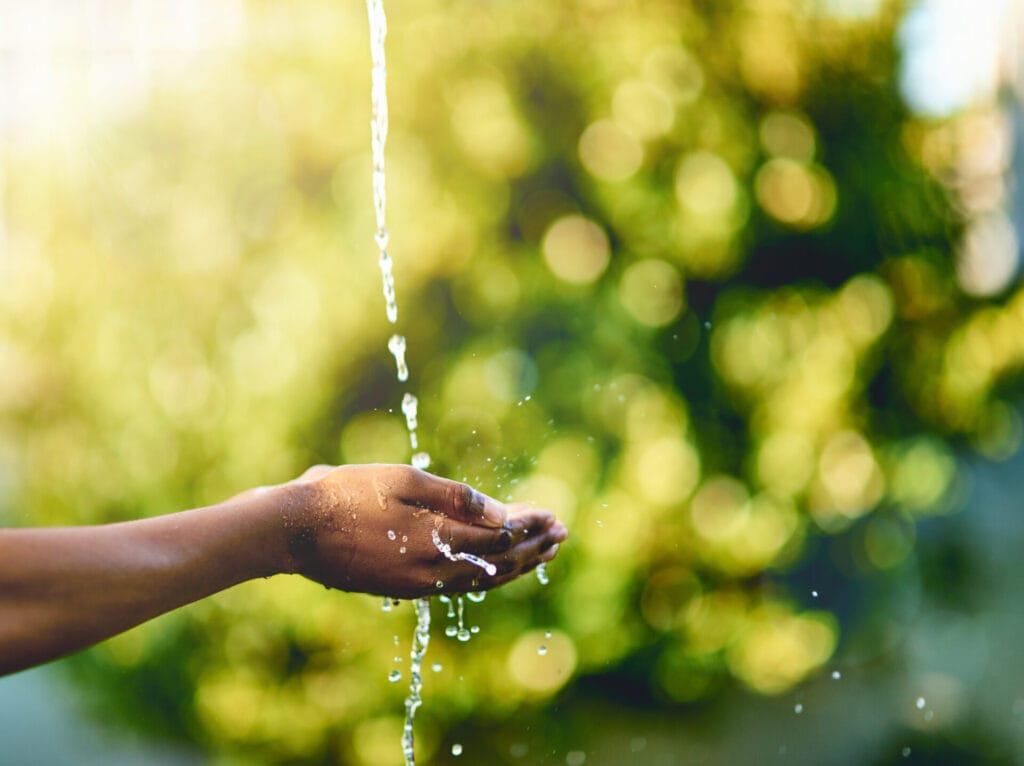
In today’s world, where water conservation is becoming increasingly vital, maintaining a lush, green lawn might seem like a challenge. However, with the right strategies, you can achieve a beautiful lawn while minimizing water usage. In this guide, we’ll explore practical tips and eco-friendly techniques to help you reduce water consumption while keeping your lawn green and healthy.
Selecting the appropriate type of grass for your climate and soil conditions is crucial for water conservation. Opt for drought-resistant grass varieties such as Bermuda grass, buffalo grass, or fescue, which require less water to thrive. These grasses have deep root systems that enable them to withstand dry periods and retain moisture more effectively.
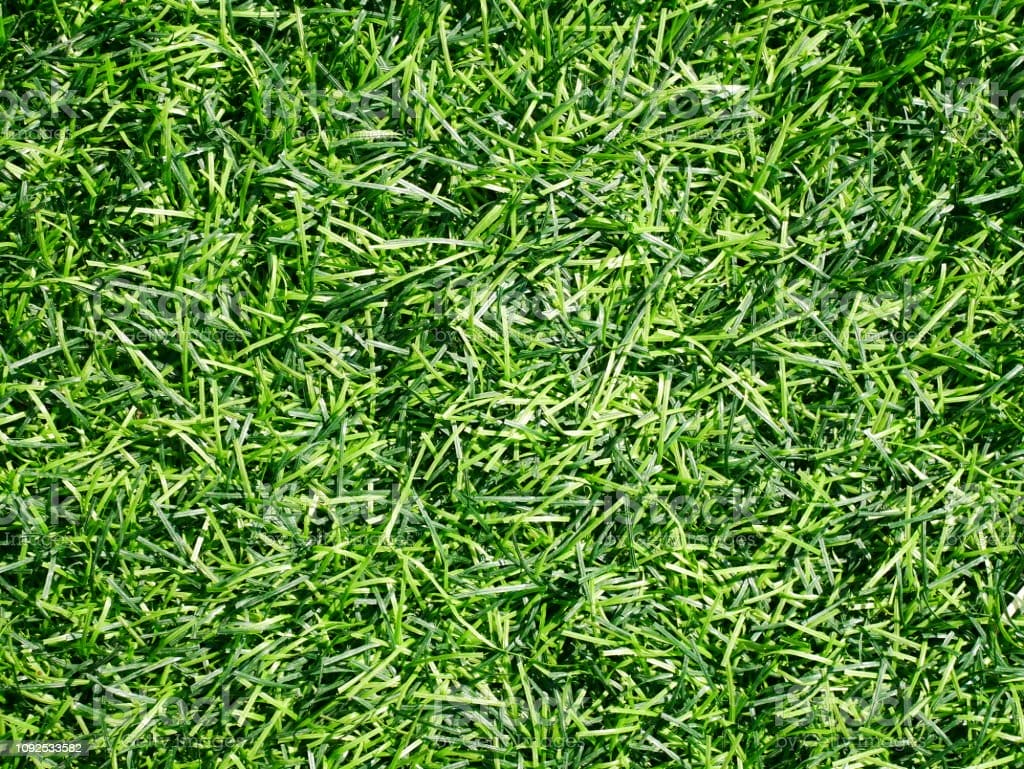
Healthy soil is essential for water retention and proper nutrient absorption by your lawn. Conduct a soil test to assess its pH level and nutrient content. Amend the soil as needed with organic matter such as compost or peat moss to improve its structure and water-holding capacity. Aerating the soil also promotes better water infiltration and root growth, reducing the need for frequent watering.
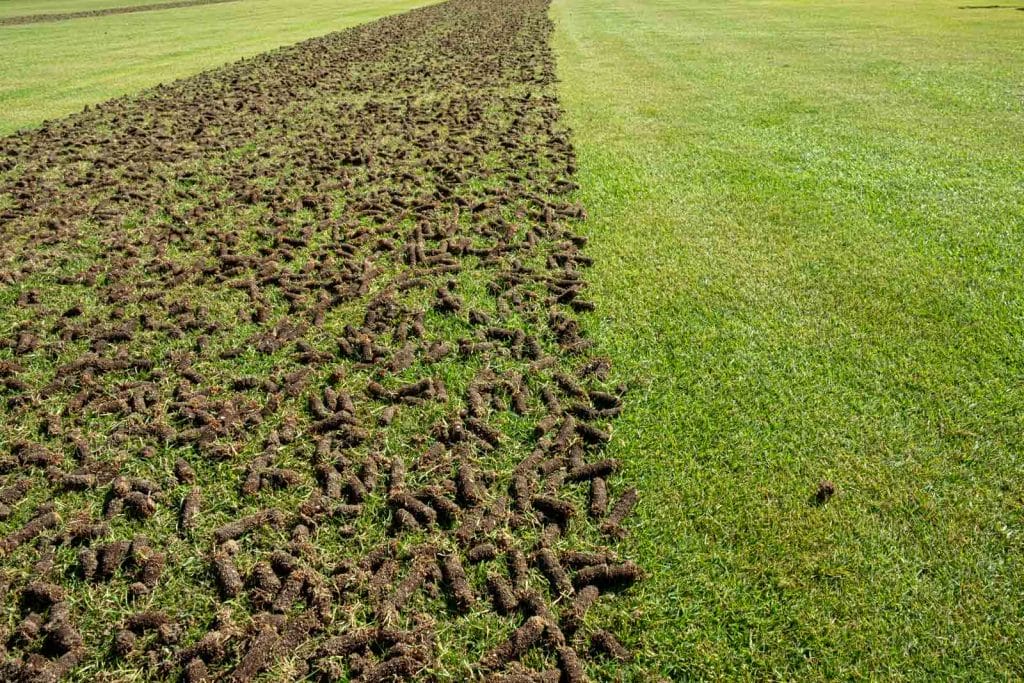
watering practices can significantly reduce water usage while maintaining a green lawn. Water your lawn early in the morning or late in the evening to minimize evaporation loss. Use a sprinkler system with adjustable settings to deliver water directly to the root zone and avoid runoff. Consider installing a rain sensor or smart irrigation controller to adjust watering schedules based on weather conditions and soil moisture levels.
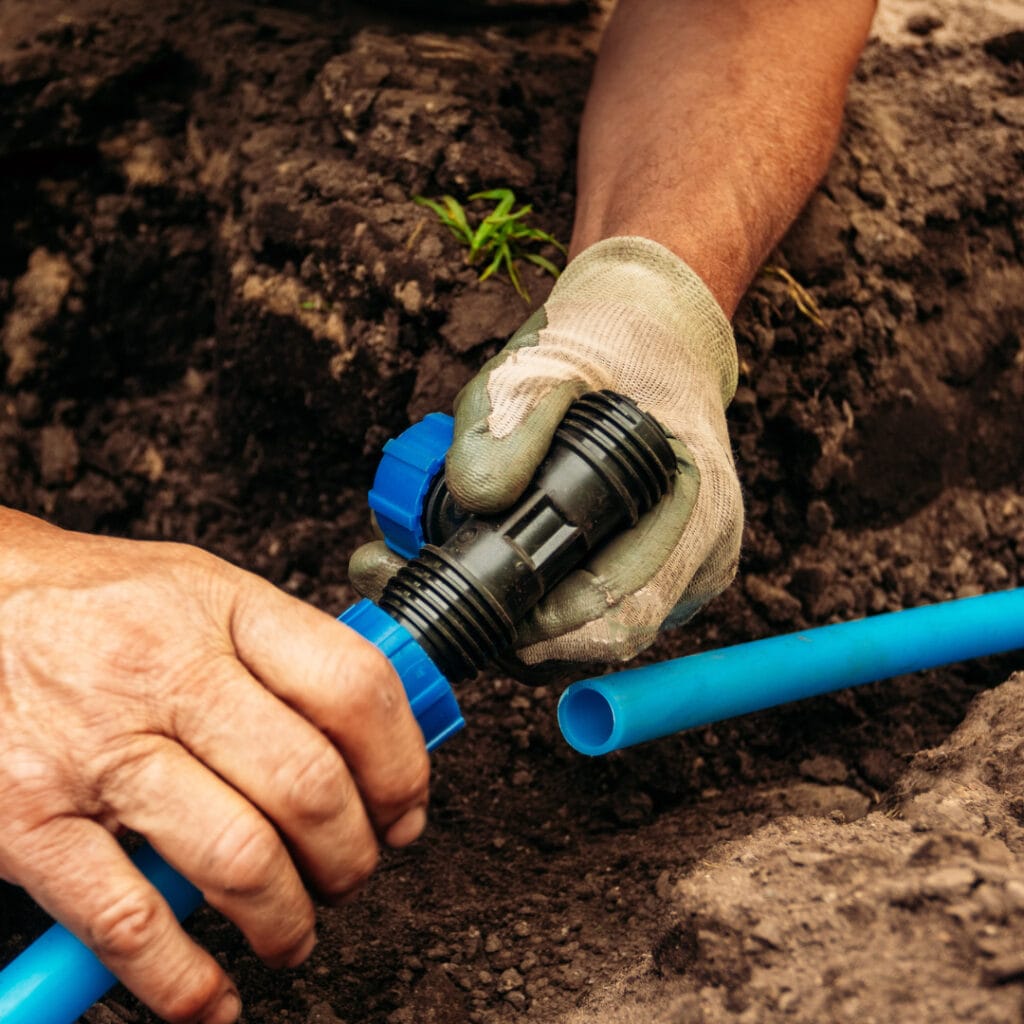
Regular maintenance and proper lawn care techniques are essential for water conservation. Mow your lawn at the appropriate height to promote deeper root growth and shade the soil, reducing water evaporation. Leave grass clippings on the lawn to provide natural mulch and retain moisture. Limit the use of chemical fertilizers and pesticides, as they can leach into waterways and disrupt aquatic ecosystems.
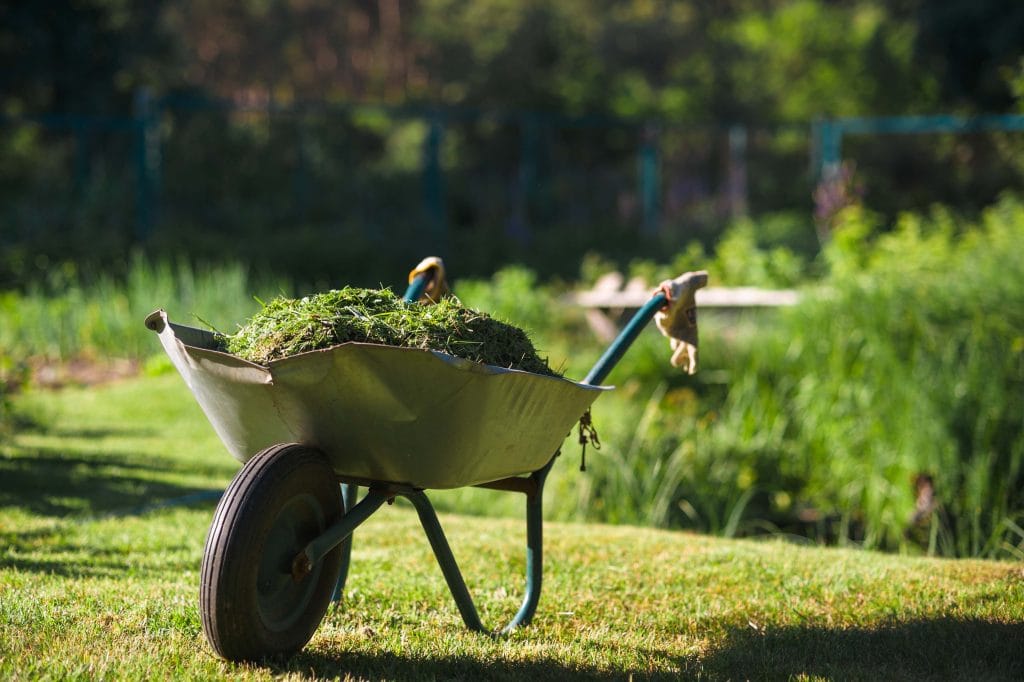
Xeriscaping is a landscaping approach that emphasizes water conservation through drought-tolerant plants, mulching, and efficient irrigation methods. Incorporate native plants and drought-resistant landscaping elements into your lawn design to minimize water requirements. Use organic mulch such as wood chips or gravel to suppress weeds, retain soil moisture, and reduce evaporation. Group plants with similar water needs together to create efficient watering zones.
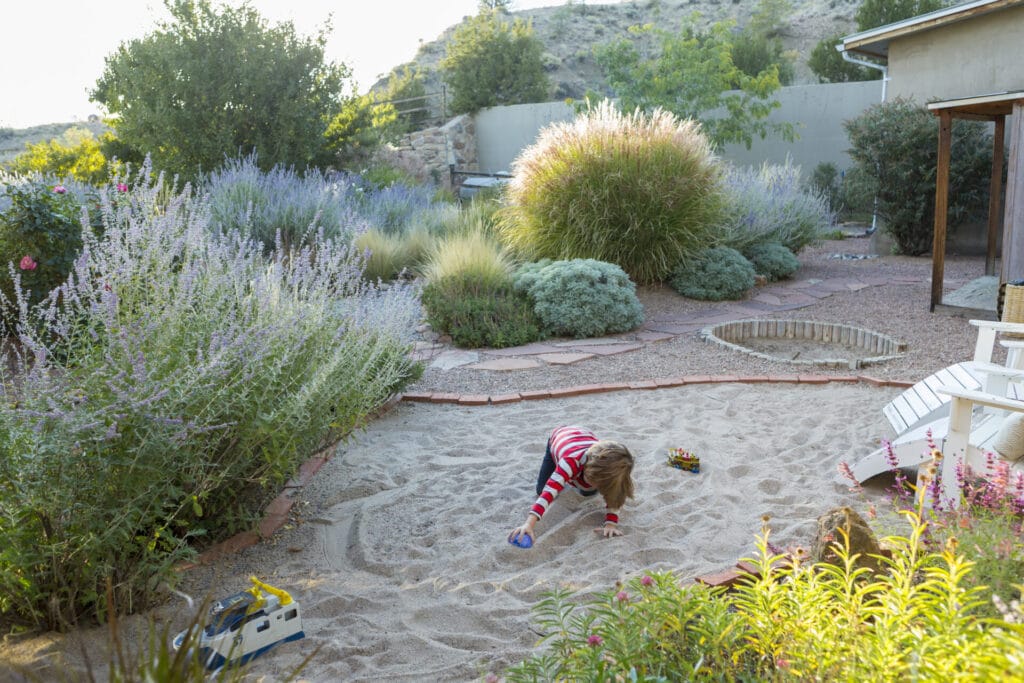
Harnessing rainwater for irrigation is a sustainable way to reduce reliance on potable water sources. Install a rain barrel or rainwater harvesting system to capture runoff from your roof and gutters. Use collected rainwater to water your lawn and garden during dry spells, supplementing traditional irrigation methods. Not only does rainwater harvesting conserve water, but it also reduces stormwater runoff and erosion, benefiting the environment.
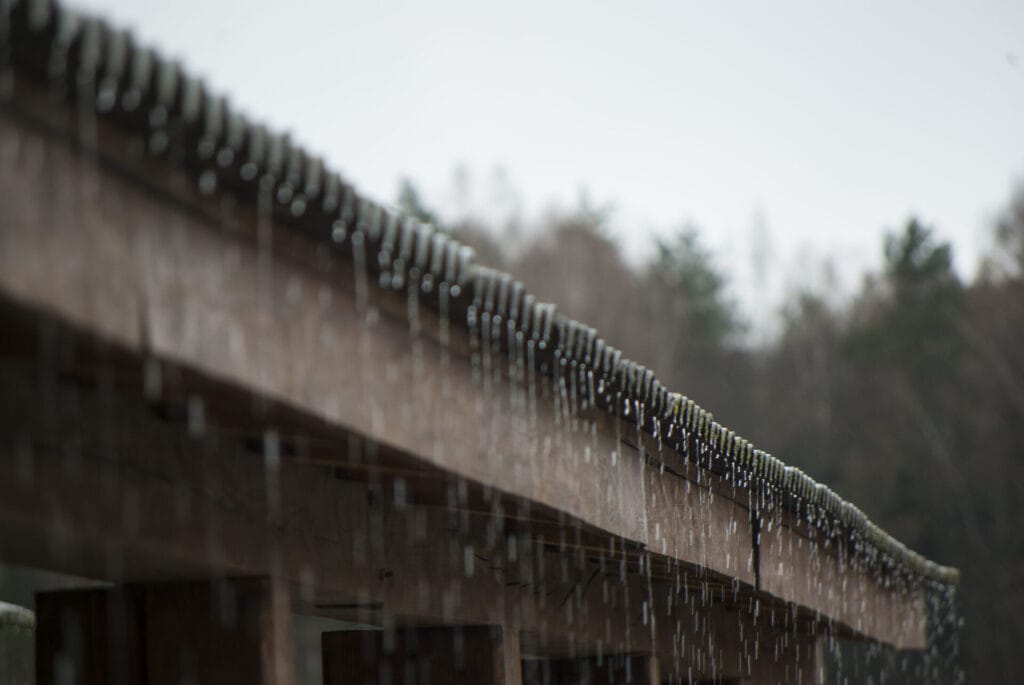
Regularly monitor your lawn’s moisture levels and adjust your watering schedule accordingly. Pay attention to signs of overwatering or underwatering, such as wilting grass or water runoff. Utilize moisture meters or soil probes to assess soil moisture levels and avoid unnecessary watering. By staying vigilant and responsive to your lawn’s needs, you can optimize water usage and maintain a healthy, vibrant lawn.
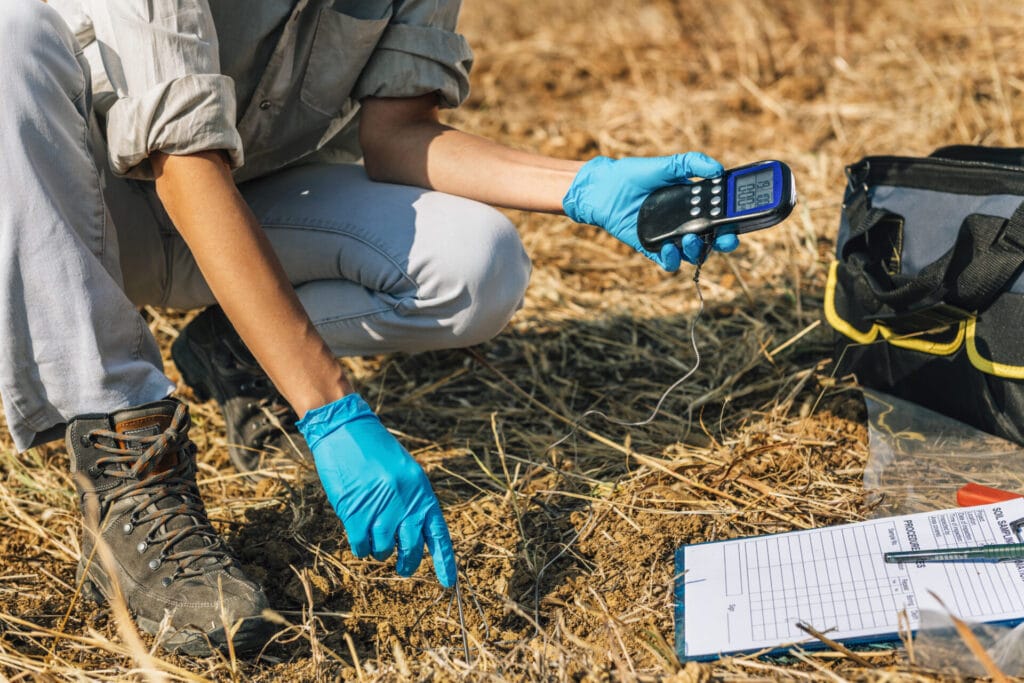
Reducing water usage while preserving a green lawn is achievable with a combination of thoughtful planning, smart practices, and eco-friendly techniques. By selecting drought-resistant grass varieties, improving soil quality, watering efficiently, implementing smart lawn care practices, embracing xeriscaping principles, collecting rainwater, and monitoring your lawn’s moisture levels, you can create a beautiful, sustainable outdoor space that conserves water and supports a healthy environment for generations to come.
Share this post:
Read more like this:





